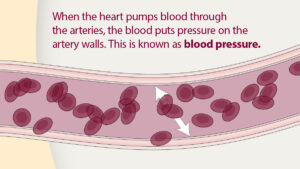- Prevention and detection of cancer
- Cancer is a group of diseases characterized by uncontrolled and unregulated growth of cells.
- Cancer affects people of all ages and affects men more than women.
- It is the second most common cause of death in the United States after heart disease.
- More people are surviving cancer.
- Lifestyle habits to reduce risks
- Practice recommended cancer screenings
- Learn and practice the recommended American Cancer Society cancer screening guidelines for breast, colon, cervical, and prostate cancer.
- Practice self-examination
- Know seven warning signs of cancer
- Seek medical care if cancer is suspected
- Avoid or reduce exposure to known or suspected carcinogens
- Cigarette smoke, excessive sun exposure
- Eat a balanced diet
- Eat a balanced diet that includes vegetables and fresh fruits, whole grains, and adequate amounts of fiber.
- Reduce dietary fat and preservatives, including smoked and salt-cured meats containing high nitrite concentrations.
- Limit alcohol intake
- Exercise regularly
- Participate in regular exercise (i.e., 30 minutes or more of moderate physical activity five times weekly).
- Maintain a healthy weight
- Get adequate rest
- Obtain adequate, consistent periods of rest (at least 6 to 8 hours per night).
- Eliminate, reduce, or cope with stress
- Enhance the ability to effectively cope with stressors.
- Have a regular health examination
- Be familiar with your family history
- Know your risk factors
- Practice recommended cancer screenings

Shoulder Dislocations Overview
Rachel Abrams; Halleh Akbarnia. Author Information and Affiliations Last Update: August 8, 2023. Go to: Continuing Education Activity Shoulder dislocations represent 50 percent of all



